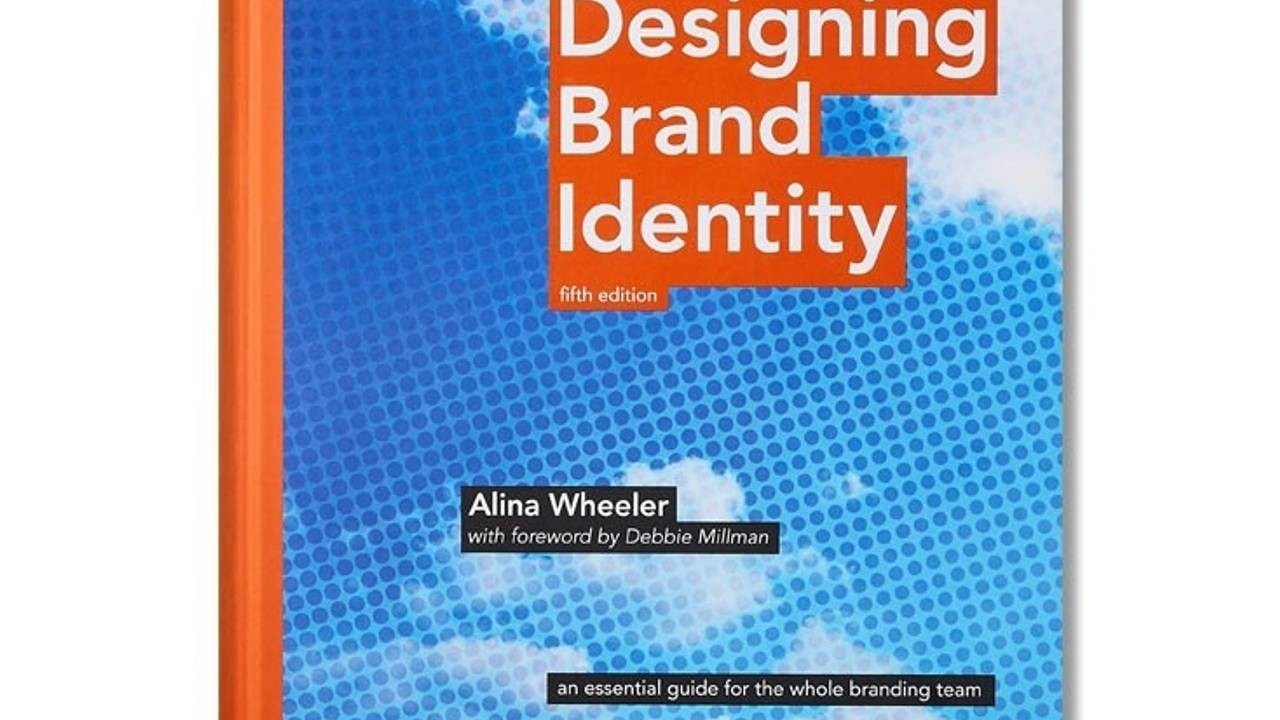If you are
looking for a career in brand marketing and you have minimal to very little experience, this book could help you in many ways. In this blog, we review “Designing Brand Identity” by Alina Wheeler and all it has to offer. You can buy it
here.
The power of the brand guidelines, palettes, colours, logos and fonts can’t be taught any other way but by showing it. So get ready to find hundreds of examples of logo evolution, the meaning of colours and customer perceptions according to your corporate font guide.
That is why “Designing Brand Identity” it could also serve as
a bible for designers. Since both marketers and designers work closely in building and maintaining the brand value.
The book is divided into three chapters:
Chapter 1: The Basics
This chapter presents the fundamental concepts and jargon needed to jumpstart the branding process.
Branding means differentiation and its core objective is to attract new customers and extend customer loyalty.
So, how do you build a brand from scratch?
This book highly recommends working on
SWOT analysis to visually understand your position in the market
1. Conduct research
Whether you’re launching a new company and/or a new brand, you need to prioritise time for research. You should
look for competitors and the ways they’re marketing and presenting their products and services.
2. Clarify your strategy
What type of branding are you aiming for? Are you thinking of co-branding and therefore partnering with another brand to achieve reach? Are you your own product, hence you are considering personal branding? There are many options to consider but your brand objective should be clear by now prior to moving to the next step which involves designing your identity.
3. Design your brand identity
It’s now time to think about names, shapes, colours, fonts. As Alina mentions in the book, “
brand identity is tangible: you can see it, touch it, hold it, hear it and even watch it move”.
4. Create touchpoints
The identity design should be finalised by this time as well as the look and feel. And you should be planning the content strategy, website, collateral, stationery, packaging, advertising templates, ephemera, etc.
5. Manage assets
Time to set up the strategic launch goals, both external and internal and
how you are going to build brand awareness.
Chapter 2: The Process
This is where it gets interesting!
Chapter one includes a lot of definitions, introduction to processes and maybe a bit dull but don’t give up and keep on reading as
chapter two is key to understand the whole brand process.
It walks you, in-depth, through every single step of the branding process, supporting theory with meaningful examples and insights.
You are basically going to be able to understand why this is such a long process and why it takes so long to create a proper brand identity and strategy.
Chapter 3: Best Practices
Now that you nearly know it all, it’s time to put in practice everything you’ve learnt in the two previous chapters.
Alina presents
ninety-eight different case studies organised A to Z where she analyses local and global, public and private, highly successful brands and their solutions.
From well-known Amazon to the less so Spanish airline Vueling, you are presented with the brand’s
customer value proposition, their goals, main creatives and how they developed their brand process and strategy. As well as the results achieved thanks to this process.
Make notes of some the examples presented here as these are going to be the basis of your future brand strategies.
Note: Although the book is organized as a textbook and therefore you should start on page number 1 and read all the way till the end, It’s also possible to flip through the pages and read independent chapters separately, if you are an experienced marketer. If this is your case, simply skip chapter one and going straight to process and business cases.
We hope this review of “Designing Brand Identity” by Alina Wheeler will help you move forward in your marketing career.
Written by Esther Méndez




